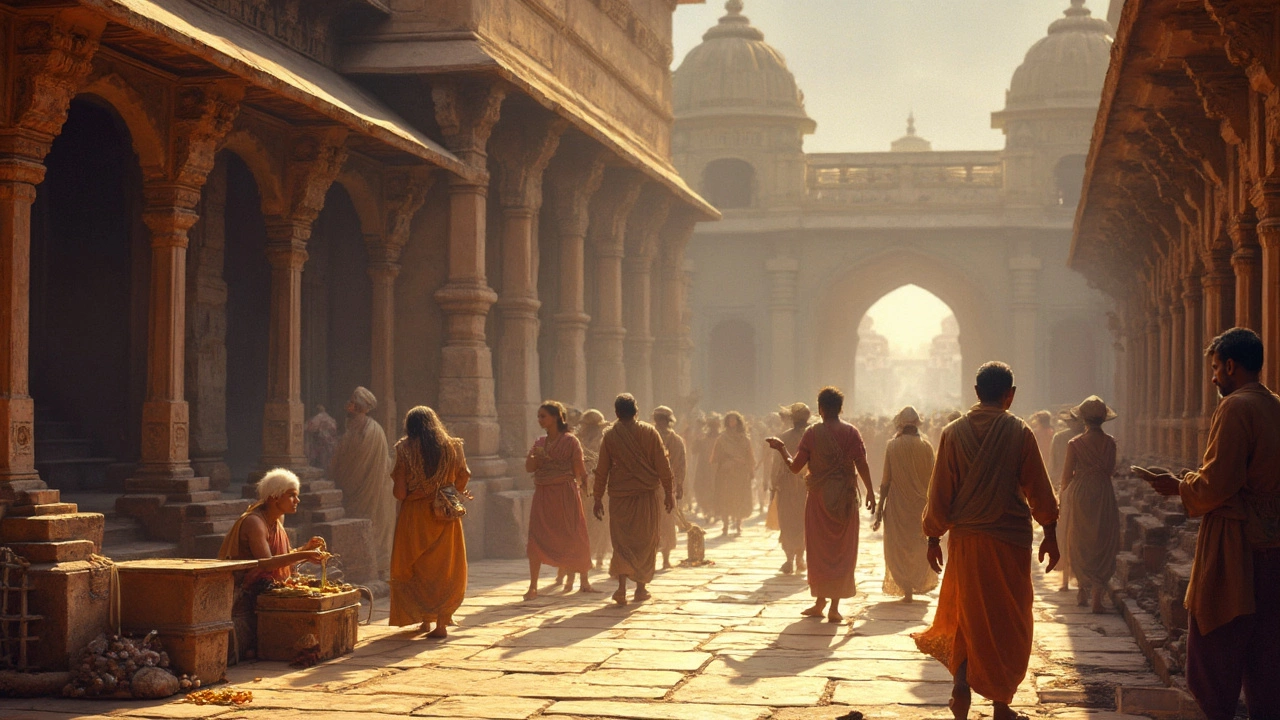SEARCH
Ancient India – Explore History, Sites & Travel Tips
India’s past reads like a blockbuster saga: powerful empires, epic myths, and stone‑carved wonders that still stand today. If you love stories that stretch back thousands of years, the ancient corners of India will feel like a living museum.
Top Ancient Sites to Visit
Start with the Indus Valley marvels of Mohenjo‑Daro and Harappa. Their grid‑like streets and bronze tools show a surprisingly organized civilization that pre‑dates the Vedas. Next, head south to the rock‑cut masterpieces of Ajanta and Ellora. The caves house vibrant frescoes that narrate Buddhist, Hindu, and Jain tales in one stroke.
Travel north to Hampi, the ruined capital of the Vijayanagara Empire. Massive stone chariots, ornate pillars, and the iconic Virupaksha Temple make it feel like stepping into a forgotten kingdom. Don’t miss Khajuraho’s sensual temples, whose intricate carvings reveal how art, religion, and daily life intertwined.
If you’re into coastal history, the ancient port of Puri in Odisha offers the Jagannath Temple and a glimpse of maritime trade with Southeast Asia. Each UNESCO heritage city—like Jaipur, Agra, and Varanasi—adds its own layer to the ancient tapestry, blending older forts and temples with bustling modern streets.
Planning Your Trip to Ancient India
Timing matters. The winter months (November to February) give you cool weather for trekking to hill forts and exploring open‑air ruins without the scorching heat. Book train tickets early—many heritage sites sit along historic rail lines, and a comfortable sleeper can turn a long journey into part of the adventure.
Hire local guides who speak the regional language. They can spot hidden reliefs, explain forgotten legends, and keep you safe in remote areas. A simple tip: carry a bottle of water, a hat, and a portable charger—electricity can be spotty at some desert sites.
Accommodation ranges from budget hostels near major forts to heritage hotels set inside restored palaces. Staying in a heritage hotel lets you sleep under the same roof that once housed royalty, adding a personal touch to your ancient tour.
When you eat, try regional specialties: dhokla in Gujarat, dosa in Karnataka, and thali in Rajasthan. Food stalls often sit near temple precincts, so you get a taste of history while you sip chai.
Lastly, respect the sites. Many are still active places of worship, so dress modestly, remove shoes where required, and avoid touching delicate carvings. Your care helps preserve these wonders for the next traveler.
Ancient India isn’t just a list of ruins; it’s a living story that invites you to walk its streets, listen to its myths, and feel the pulse of centuries past. Pack your curiosity, follow these practical tips, and let the past guide your next adventure.

Lifespan at Indian Heritage Sites: What History Tells Us
How long did people live in India during different historical periods? This article uncovers the reality behind 'lifespan' at famous Indian heritage sites, using real stories, records, and modern research. Discover what ancient texts, tombstones, and travelers reveal about everyday life. If you're curious about history, daily struggles, and the secrets these monuments hold, this article breaks it down simply. You’ll also get tips for spotting clues next time you tour a historic site.
Continue reading